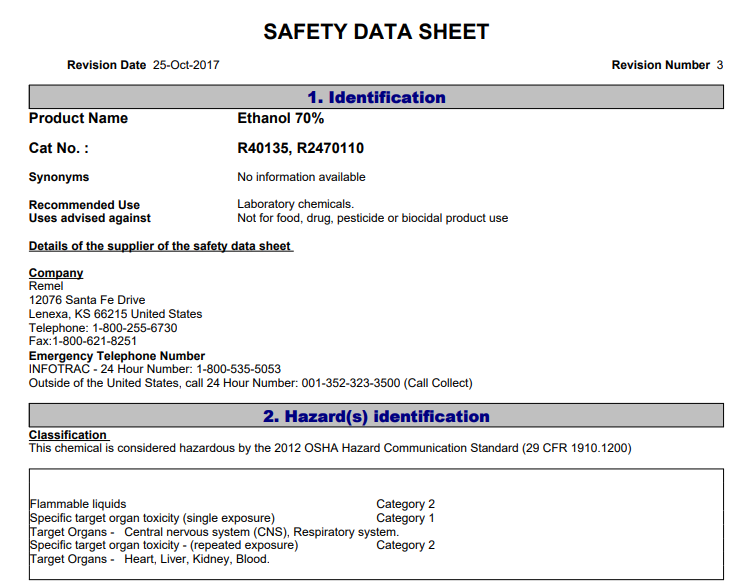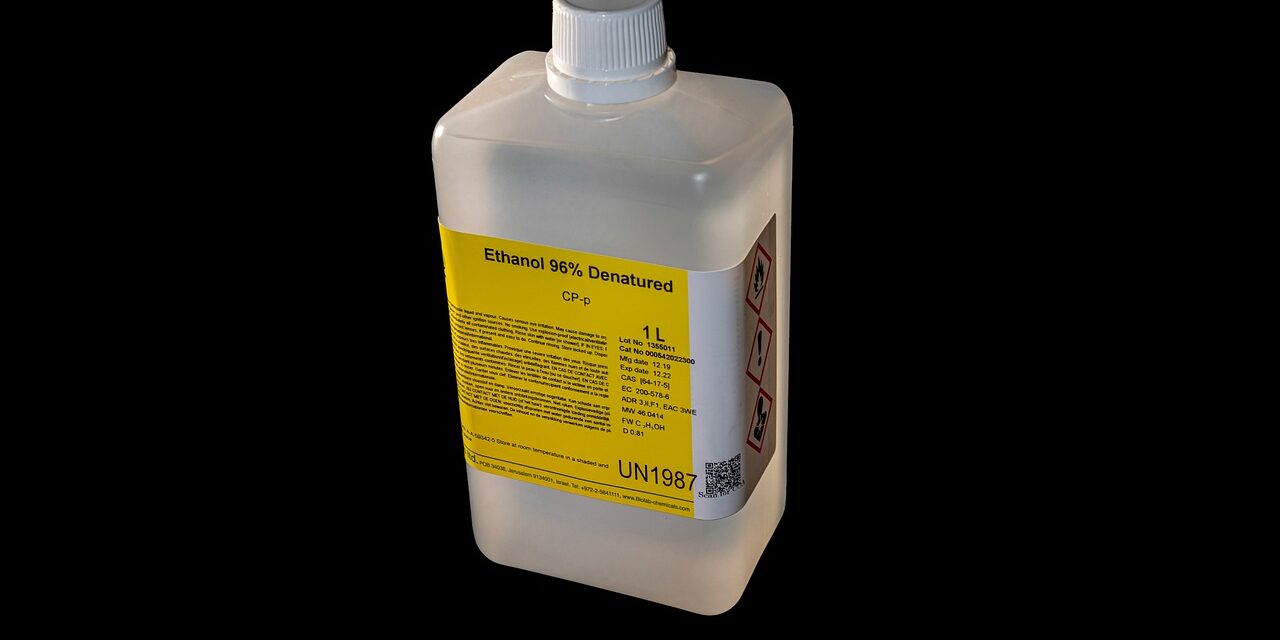OSHA is again changing its hazard communication standard for chemical labeling, specifically for smaller containers. The new rule will go into effect July 19. Proper chemical labeling is a pilar to compliant chemical storage. Hazardous material containers without labels pose immediate health and safety hazards to employees who routinely handle dangerous chemicals. Incompatible chemicals without proper labeling can be inadvertently stored together, resulting in accidental fires and spills. Moreover, accurate labeling ensures proper handling of hazardous chemicals while alerting employees of potential hazards. Adequate labeling also allows efficient chemical inventorying and procurement when supplies are low.
“The updated standard will require labels on small packaging to be more comprehensive and readable and makes changes to help ensure trade secrets no longer prevent workers and first responders from receiving critical hazard information on safety data sheets,” an OSHA press release states.
What Does the Chemical Labeling Standard Updates Include?
Changes to OSHA’s Hazard Communication Standard (1910.1200) include:
- New criteria for health and physical hazards classification
- Provisions for label updates
- Labeling provisions for smaller hazmat containers
- Provisions on trade secrets and safety data sheets revisions
Workers will also benefit from other changes in the updated standard, including a clearer hazard classification process to provide more complete and accurate hazard information on labels and safety data sheets; updated physical hazard classes to better inform users on safe handling of explosives, aerosols and chemicals under pressure; and updated precautionary statements on how to safely handle, store and dispose of hazardous chemicals.
Chemical Labeling and Safety Data Sheets

Proper labeling ensures onsite protection when implemented in conjunction with safety data sheets. A materials safety data sheets gives detailed information about a chemical physical’s properties and potential health hazards. Every hazardous material has a uniquely corresponding MSDS. For example, the safety data sheet for ethanol is separate from the MSDS for chlorine. A MSDS sheet also guides safe and compliant chemical storage practices. Furthermore, a MSDS sheet provides first-aid measures for accidental chemical exposures and a list of incompatible materials. Safety data sheets are written in an easy-to-read format with direct information on the known risks and mitigations for dangerous chemical events. Proper chemical labeling allows handlers to quickly reference the hazardous material’s corresponding safety data sheet for proper storage information, enhancing onsite safety.
Trust the Experts
Staying abreast of changing OSHA regulations is burdensome to employees focused on meeting deadlines and managing large workforces. Our experienced building advisors keep track of all OSHA standards and NFPA 30 regulations so we can provide meaningful context, and solutions to your chemical storage dilemmas. Our segregated steel chemical storage lockers makes managing larger inventories easier so you can focus on what matters most: protecting your employees while adding to the bottom line. Contact us today for a free quote and consultation!






